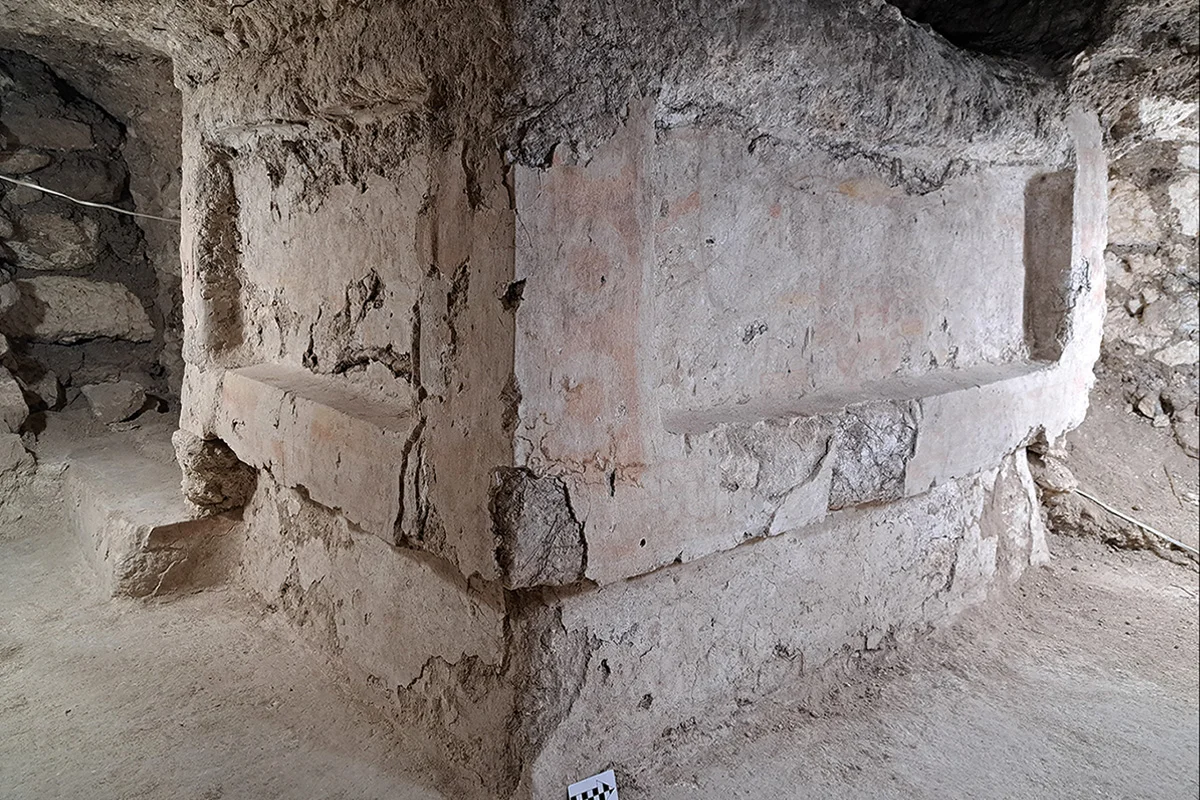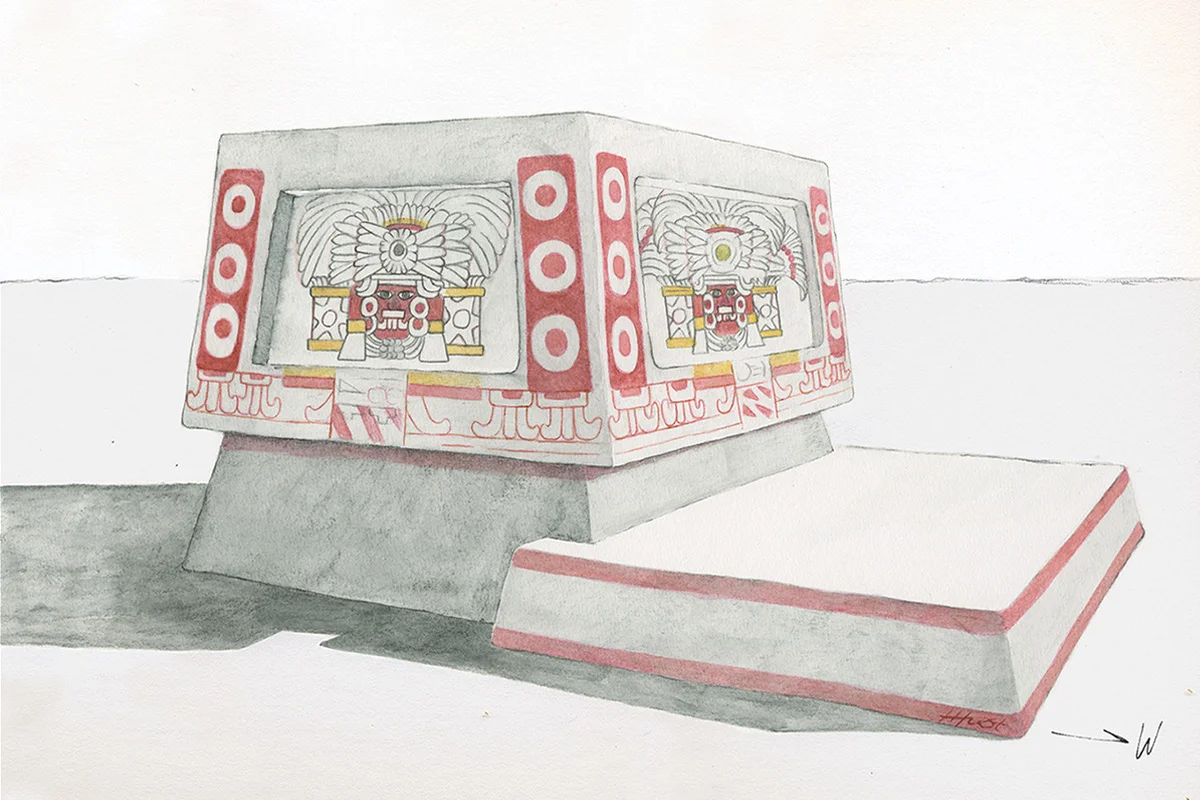Archaeologists have unearthed a painted altar in the Maya city of Tikal, revealing architectural and artistic influences from the powerful Teotihuacan empire of central Mexico.
Located in the rainforests of Guatemala, Tikal was the capital of a Maya state from the Early Classic to Late Classic.
Between AD 250 and 550, Tikal developed economic and political ties with the Teotihuacan empire, an ancient Mesoamerican civilization based in the Valley of Mexico, roughly 628 miles (1,010 km) away.
Recent excavations in the centre of Tikal have revealed a decorated painted altar that depicts a figure with a feathered headdress, flanked by shields and regalia in vivid red, black, and yellow panels.
According to a study, published in the journal Antiquity, this depiction mirrors the Teotihuacan’s “Storm God,” suggesting that the altar was likely crafted by an artisan trained at Teotihuacan over 1,700-years-ago.
“It’s increasingly clear that this was an extraordinary period of turbulence at Tikal,” said Stephen Houston, a professor of social science, anthropology, and history of art and architecture at Brown, who co-authored the paper.

“What the altar confirms is that wealthy leaders from Teotihuacan came to Tikal and created replicas of ritual facilities that would have existed in their home city. It shows Teotihuacan left a heavy imprint there,” added Professor Houston.
For the past several decades, archaeologists have been collecting mounting evidence that indicates Teotihuacan was slowly annexing Tikal, evidenced by preserved text describing how the king of Tikal was removed and replaced with a “puppet king” who served as an instrument for Teotihuacan’s agenda.
More recently, a LiDAR study by Brown University found a scaled-down replica of the Teotihuacan citadel just outside the centre of Tikal, pointing to an unprecedented level of cultural assimilation in the ancient Americas.
According to Co-author Andrew Scherer, the fact that the altar and the area around it was later buried, cements the research team’s theory that Teotihuacan’s presence left Tikal forever changed and even scarred.
“The Maya regularly buried buildings and rebuilt on top of them,” Scherer said. “But here, they buried the altar and surrounding buildings and just left them, even though this would have been prime real estate centuries later. They treated it almost like a memorial or a radioactive zone. It probably speaks to the complicated feelings they had about Teotihuacan.”
Header Image Credit : H. Hurst
Sources : Brown University – doi:10.15184/aqy.2025.3







